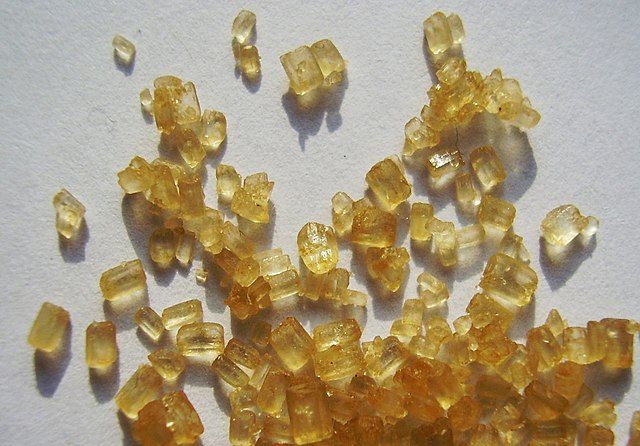The Food and Agriculture Organization (FAO) on June 6 reported a third consecutive monthly sugar price index decline by 2.9 points for May 2025.
May’s sugar index dropped -2.6% from April’s, to 109.4 points, even as the global prices of most other categories performed better.
This follows a similar decrement in both March and April, driven by a positive 2025-26 global production outlook.
Since the index is a measure of the monthly selling quotations by sugar traders, it reflects real-time production influences on trade.
Production leaders, India and Brazil, expect uptick annual output next season by 25% and 2.3%, respectively.
According to the U.S. Department of agriculture (USDA) on May 7, 2025, India’s 2025-26 sugar output will increase by 25%, to 35 million tonnes. This owes to extensive cane cultivation after a good Monsoon in late 2024 when farmers planted the crop.
The USDA also predicts Brazil’s raw sugar processing for the 2025-26 season to clock 44.7 million tonnes, up 2.3% year-on-year. The improvement owes to plantation area expansion, which promises to land 671 million tonnes of cane next season.
Production however is not the only sway factor for the decline in the June sugar index: the FAO also speculates on low sugar demand worldwide.
Ebbing demand owes to concerns of economic uncertainties amid ongoing trade wars, putting a damp on the beverage industry.
Soft drink companies are hence turning into low-calorie sugar alternatives to suit consumer health preferences, further reducing sugar demand.
All these factors have made the commodity relatively cheap in consumer markets in the first half of 2025. The next FAO sugar index on July 4 will be crucial at determining the pricing direction for the remainder of the year. Below statistics take the discourse further by exploring demand influence on price indices.
FAO Sugar Price Index vs Demand Statistics
In the early 2020s, global adults have been deriving >20% of their calorie needs from sugar instead of the recommended <5%. This is a sign that demand for sugar, though recently reducing, has been rising over the past 100 years. This also helps tie demand to sugar price trends such as those by the Food and Agriculture Organization (FAO). To explore this further, below are highlights on consumption/demand trends by the world between 2021 and 2025, versus price.
2020-21: demand for sugar rises from the 2019-20 market year, leading to consumption hitting 171,114,000 tonnes in the 2020-21 period. The price in the U.S.’ futures markets in January 2021 was at $0.159 per pound.
2021-22: yet another year when demand rose consecutively, driving global consumption to 173,492,000 tonnes. Meanwhile, the U.S. sugar benchmark edged up to $0.185 in January 2022.
2022-23: demand increases yet again, with consumption at 176,482,000 tonnes while the price soars to $0.20 a pound in January 2023.
2023-24: there is less demand this year, with consumption dipping to 176,105,000 tonnes. This is even while the U.S.’ benchmark price rises to $0.225 a pound. Low demand is partially due to strong pricing, in turn accruing to low production.
2024-25: demand falls further, leading to a decline in consumption at 175,435,000 tonnes. Pricing in January 2025 also falls to $0.189 a pound. A 2025-26 sugar production rebound has made the price to fall while increasing health consciousness has reduced demand.
